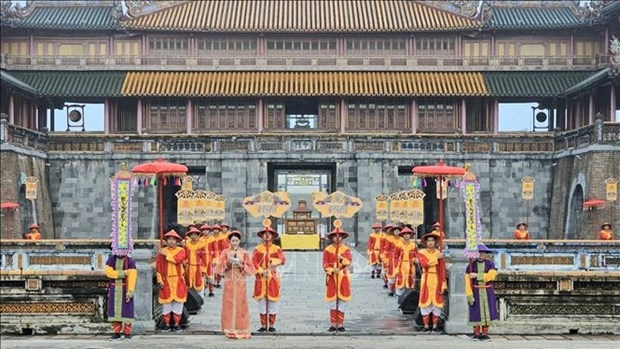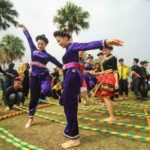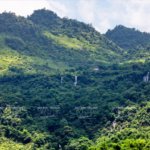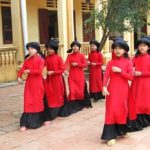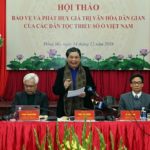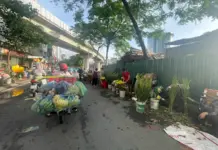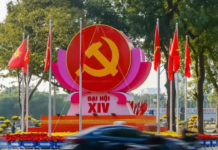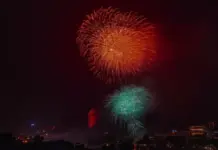Featuring the theme “Cultural heritage with international integration and development,” the upcoming event will showcase a variety of remarkable festivals throughout the year. These include the Spring Festival from January to March, the Summer Festival from April to June, the Autumn Festival from July to September, and the Winter Festival from October to December. Additionally, there will be numerous supplementary activities.
Hoang Viet Trung, Director of the Hue Monuments Conservation Centre, stated that the festival will continue to highlight the significance of royal, religious, and traditional festivals, while also focusing on the development of new ones. These new festivals will be transformed into local tourism products that contribute to the province’s socio-economic advancement.
The Hue Festival 2024 commenced with the Ban Soc ceremony, a tradition initiated by kings under the Nguyen Dynasty. This ceremony involved the distribution of calendars to royal mandarins at the Noon Gate (Ngo Mon). Ordinary people also received calendars in their respective localities.
Having been celebrated for 24 years, the Hue Festival has become a prominent international art event in Vietnam.
The local administration has been promoting the revival of the traditional ao dai (long dresses) within the community during festivals and special occasions throughout the year. This initiative aims to showcase the beauty and value of the 300-year-old dress, which is a significant cultural element unique to Hue.
With its five UNESCO heritage sites, Hue has remained a distinctive destination in central Vietnam for over 100 years. These heritage sites include the ancient citadel relic complex, Hue royal court music, Nguyen Dynasty’s wooden blocks, Nguyen Dynasty’s royal administrative documents, and literature on Hue royal architecture.
Symposium highlights need to preserve and develop reformed theatre
NDO – A symposium on the formation and development of Cai Luong (reformed theatre) art in Vietnam over the past 100 years was held in Ho Chi Minh City on April 28.

